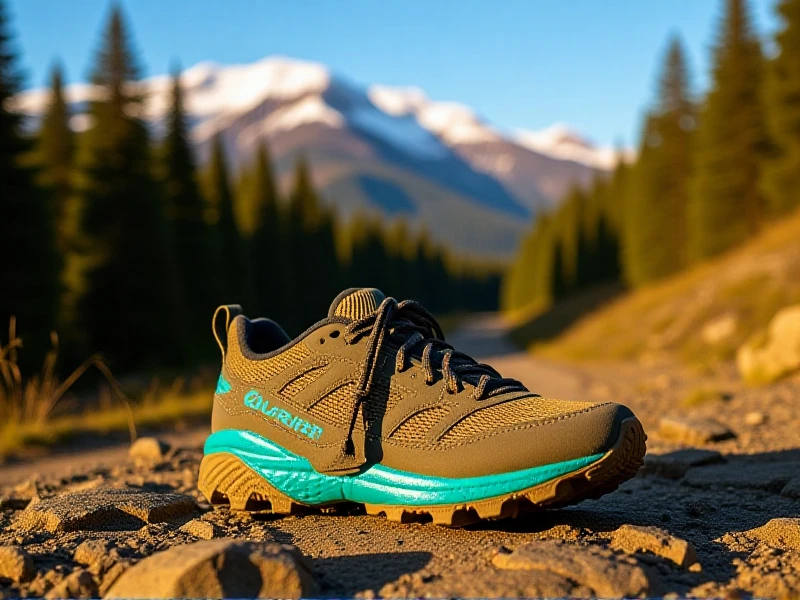
The Ultimate Guide to Trail Running Shoes: What You Need to Know
Here is an SEO-optimized article about trail running shoes:
Hitting the trails requires more than enthusiasm and a sense of adventure; it demands footwear specifically designed for the challenge. Choosing the right trail running shoes is crucial for comfort, performance, and injury prevention off the beaten path. Unlike their road-running counterparts, trail shoes are engineered to handle uneven terrain, loose debris, mud, rocks, and varying weather conditions.
Why Trail Running Shoes Are Essential
Conventional running shoes simply lack the features needed for rugged environments. Trail running shoes offer distinct advantages:
- Superior Traction & Grip: The outsoles feature deeper, more aggressive lugs (treads) with sticky rubber compounds. This provides critical grip on slippery surfaces like wet rocks, roots, mud, and loose gravel.
- Enhanced Protection: Rugged terrain poses risks. Trail shoes integrate rock plates (thin, rigid inserts) beneath the footbed to shield your feet from sharp stones and roots. They also feature reinforced toe bumpers and often have higher sidewalls for ankle stability and guarding against debris.
- Increased Stability & Support: Uneven ground demands stability. Trail shoes utilize features like lower stack heights (the thickness of the sole cushioning) or broader, more structured platforms to prevent ankle rolls. Many also incorporate medial posts or advanced foams engineered to provide stability on uneven surfaces.
- Improved Durability: The uppers are built with tougher, often more water-resistant or quick-drying materials like reinforced mesh or ripstop nylon to withstand abrasion from rocks, roots, and bushes. Outsoles are designed to be more resilient against sharp objects.
- Secure Fit: Lacing systems (sometimes Gaiter attachments) and enhanced heel counters work to lock the foot securely in place, preventing unwanted movement inside the shoe during technical descents or sidehilling.
Choosing Your Ideal Trail Running Shoes
Selecting the perfect pair depends on several factors:
- Terrain Type: Analyze your usual trails. Smooth hardpack requires fewer, shallower lugs. Rugged, technical trails with mud and scree demand deeper, multi-directional lugs and robust protection.
- Distance & Cushioning: Long-distance runners often prefer more cushioning for comfort over hours. For shorter, faster runs or racing, a lighter, more responsive feel might be favored.
- Foot Type & Gait: Understanding if you have a neutral stride, overpronate, or supinate is still important. Brands offer stability features within trail models.
- Weather & Conditions: Consider waterproof options (like Gore-Tex) for wet, cold conditions vs. highly breathable, non-waterproof options for hot climates and faster drying.
- Fit: Always prioritize a precise fit. Your foot should be secure without pressure points, allowing for slight swelling during long runs. Leave about a thumb's width of space at the toe.
Brands like Salomon, Hoka One One, Brooks, Altra, and Saucony offer vast ranges of trail running shoes catering to different preferences and terrains. Investing in the right footwear transforms the trail experience, boosting confidence and enjoyment while tackling nature's obstacles. Proper care, including cleaning off mud and letting shoes air dry naturally, will extend their lifespan, ensuring countless miles of adventure. Find your perfect pair and conquer the trails safely and comfortably.